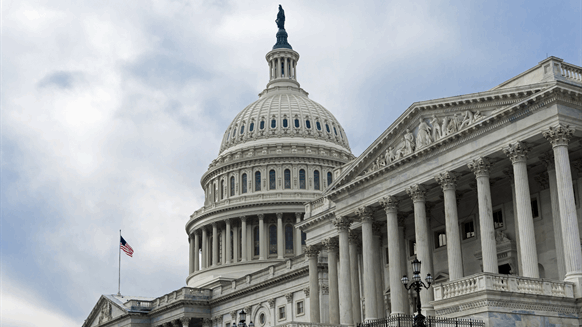Congress is poised to sell an emergency stockpile of 1 million barrels of gasoline created in the wake of Hurricane Sandy amid questions about the stockpile’s usefulness.
Legislation needed to fund the Department of Energy slated for the Senate as soon as this month would close the Northeast Gasoline Supply Reserve. The Republican-controlled House included the same language in its version of the bill.
The reserve was authorized in 2014 after Sandy damaged refineries and left terminals underwater, leaving some gas stations in New York without fuel for 30 days. But the cache, held at commercial storage terminals in Maine, Massachusetts and New Jersey, has never been used, according to a 2022 Government Accountability Office report.
The product reserves cost about $13 per barrel per year to operate and maintain, compared with roughly 30 cents per barrel for crude oil stored in the Energy Department’s Strategic Petroleum Reserve, the report said.
The reserve “does not have the operational functionality that was anticipated after Sandy,” President Donald Trump wrote in his 2017 budget request that also recommended killing the gas cache.
Today, East Coast gasoline inventories are near the bottom of a 10-year seasonal range and could drop further with two regional refineries slated for maintenance. One of them is Irving Oil of Canada, the largest supplier to the New England market.
Still, 1 million barrels isn’t much in the East Coast region, which burned 3.26 million barrels a day of gasoline in June.
According to a July committee report on the $58 billion Senate energy and water bill, the sale of the reserves would have netted the government about $94 million. With today’s pump prices, that number is even higher.
The move to sell the reserve reflects that it hasn’t been a very good tool, said Kevin Book, managing director of ClearView Energy Partners, a consulting firm in Washington.
“It’s too small to make a difference and too big to be cheap,” Book said.
–With the assistance of Erik Wasson and Chunzi Xu.


